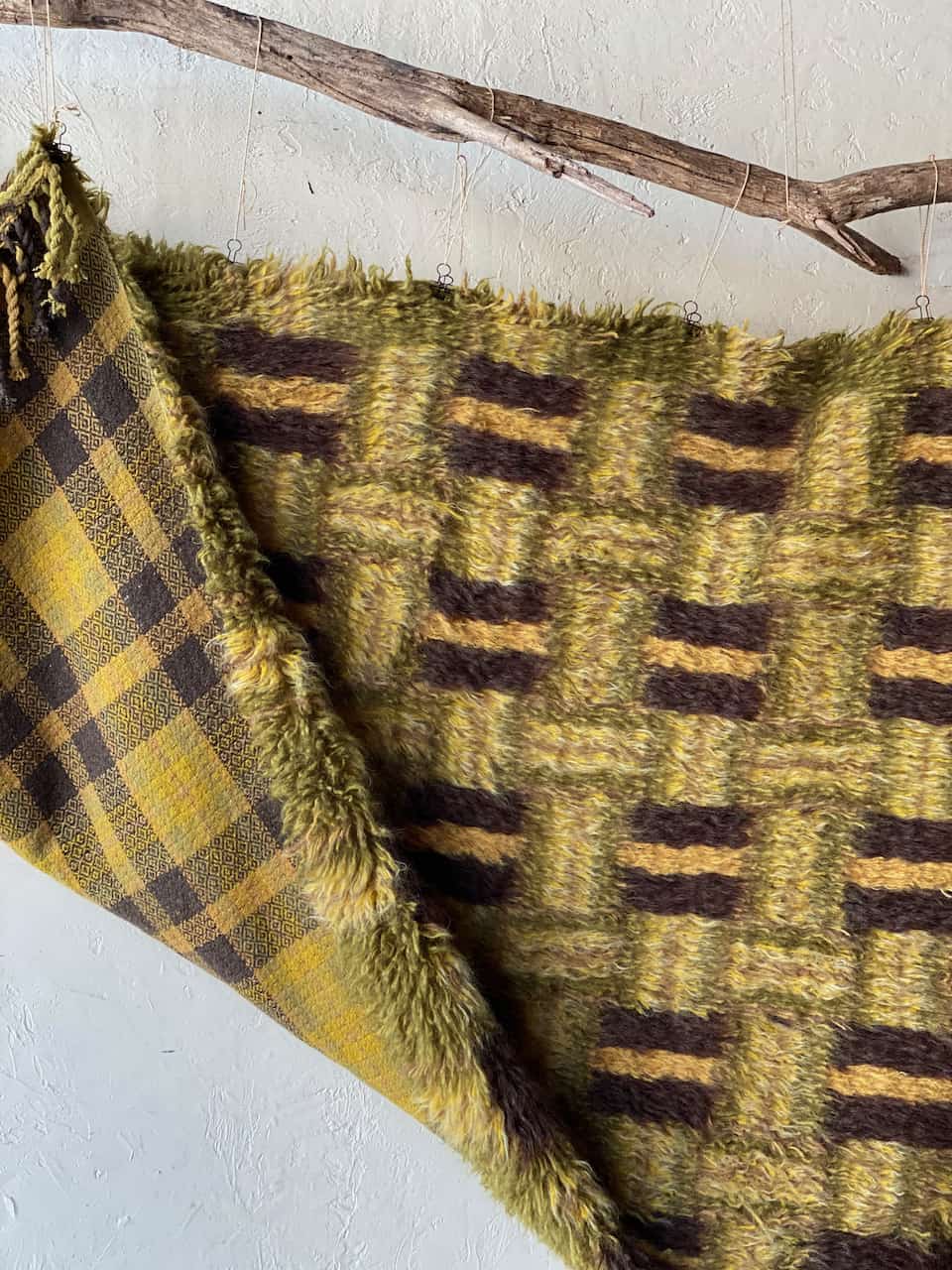
A Big Question
I recently read a IG post by a super accomplished and voluble young weaver lamenting the loss of emphasis on technique in the teaching of weaving in the US. It is implied that this loss of emphasis has been in favor of an emphasis on “art” or perhaps self expression.
The question of art vs. craft is one that haunts many craftspeople, and I wanted to write a little about my experience – I say “experience” because I have not studied this topic in a systematic or academic way.
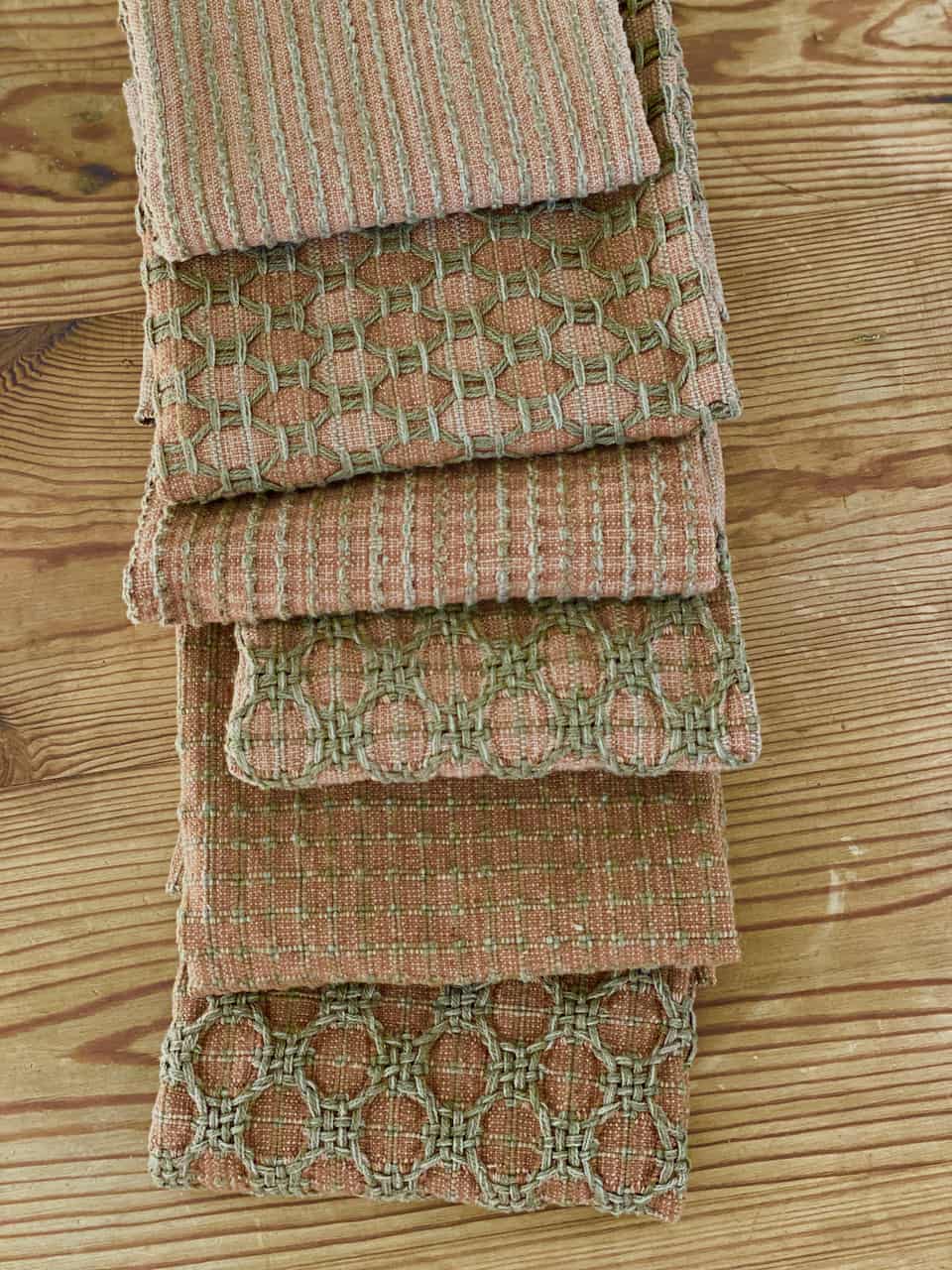
A work in progress . . . working toward the ever elusive goal of mastery
I do come from a family of artists and art teachers and art students. My paternal grandfather attended MICA post WWI and became a writer/illustrator for western pulp magazines, my mother and father studied art and became artists and art teachers, my brother studied classical guitar through graduate school and worked as a professional musician until he jumped ship and became a lawyer (long story), and my middle child attended a well-known art school. So as you can imagine, there has been a lot of talk concerning this topic over the years. Additionally, although both my parents were/are artists (my father passed away several years ago, but my mom is still going strong and making art at 82), they had very different approaches, and there was constant discussion (sometimes friction) about the necessity of attention to technique (my father’s strength/obsession) versus flow and free expression (my mother’s strength).
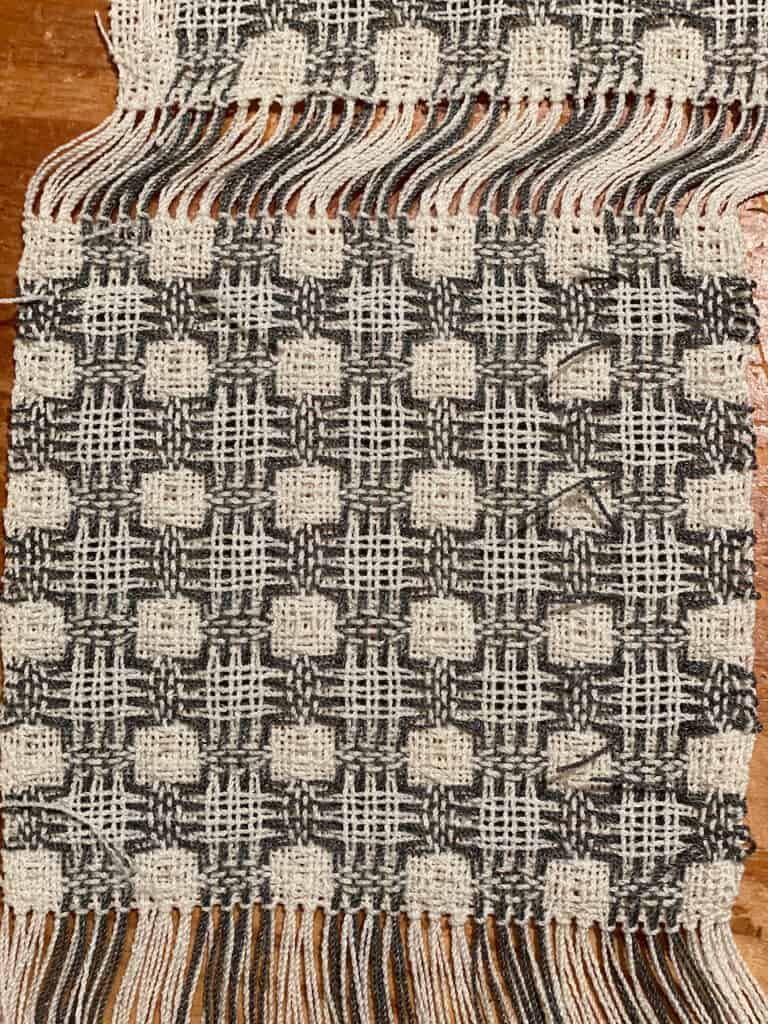
Yes to an excellent weaving education and also yes to doing and doing and doing . . .
I think there may be a reason that I became a weaver with a devotion to utilitarian (not merely!) objects (go ahead and weigh in Dr. Freud), but despite my efforts to avoid the hot zone, it keeps coming up in my teaching, in my practice, and certainly in my conversations with other weavers. My problem with the direction of many of these conversations, and certainly with the mildly righteous tone of the “lamenters” whether on the “art” side or the “technique” side, is that the parameters are often so fuzzy, and what people are really saying is “I am doing it the right way, and I feel insecure and I want to defend my way of doing things.” And my response is “Don’t feel insecure! You are allowed to be the weaver you want to be. Why do you want others to be the weaver you want to be??” And I also want to say in ALL CAPS that the real problem is not the approaches of the various very small number of art schools, craft schools and guilds where one might learn weaving, but the fact that there are so few. Ideally, we should be able to choose the school/class/institution that offers in-depth and complete courses emphasizing what we want to learn whether it be as a hobbyist, a production hand-weaver, a designer for industry or an artist. The existing programs are often stuck trying to be everything to everyone and falling short.
My understanding of the various venues where one can learn to weave breaks down to University art programs, craft schools like Arrowmont and Penland, guild programs that offer master weaver certification, local yarn shops that offer classes in learning to weave and finally (and newly!) online guilds and classes that offer a range of options. All of these have different strengths and tend to attract different audiences, but very few offer systematic, in-depth, full-scale programs that teach it all – good weaving technique as well as in-depth loom knowledge/design/materials/drafting/finishing, etc.
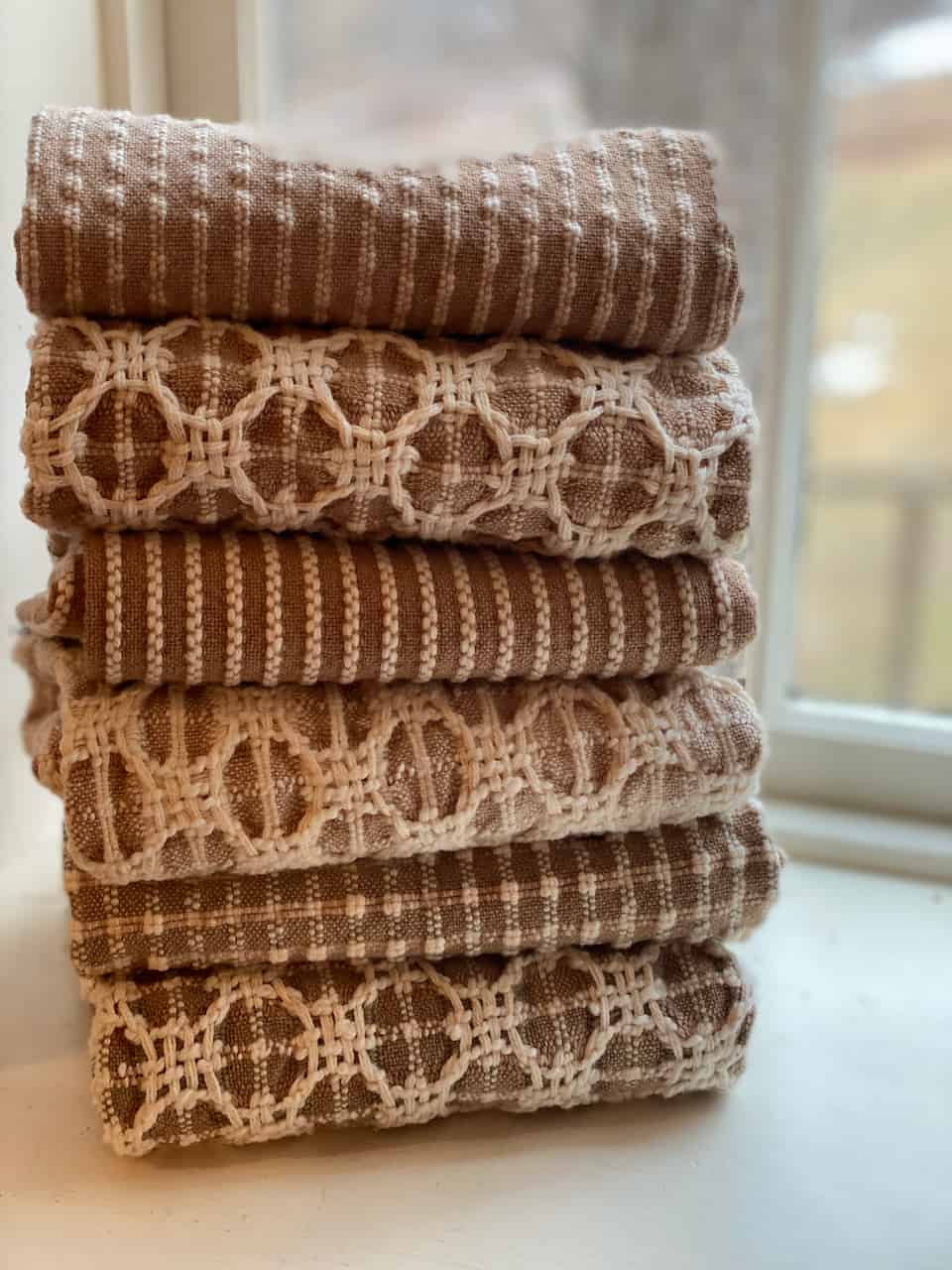
more doing . . . and doing
If we really want to get into the nitty gritty, we can talk about how many of these programs are incomplete, not because of some nefarious plan to undermine technique, but in response to demands that are based in economic realities, i.e. students at RISD are taught to weave – not really to be handweavers (apparently not a viable career when beautiful handwoven items are available from abroad at less than what the materials alone would cost a handweaver in the US.), but either to design for industry (often to design items for hand weavers abroad to produce on a large scale) or to use weaving in their art practices. They are taught the basics of weaving as well as composition, color, materials and design. There is very little emphasis on technique for the reasons stated above.
Most of the participants in craft school programs are either hobbyists who want to weave some cool stuff or art students who are expanding their practices to include fiber. The classes often emphasize a specific product, structure or material, but are not comprehensive due to time constraints and demand, I imagine. And I find that my experience with guilds and guild members is that even though production technique may not be emphasized, technique certainly is. And I would argue that it is the case that technique over design may be a weakness in the guild system.
To go off on a related but slight tangent, I was recently informed that WEBS the yarn store where I learned to weave in 1995ish, has recently been sold to a UK conglomerate called Lovecraft (ominous name if you are familiar with our New England author of horror/anxiety fiction, H.P.). Although WEBS was founded by a weaver and built its business on selling mill-end yarns (from the now almost entirely gone) New England mills, it has been slowly making weaving less and less central to its business (sadly, on a quick perusal of the Lovecraft site – weaving is not to be found). This is probably due to economic factors that are similar to those that have steered the decision making of various Universities and craft schools. That is – weaving has a steep learning curve that takes a lot of equipment and time to learn well, and the American market (in its terribly short-sighted way) pushes cheap thrills. This is why Jo-anns stopped being a fabric store and became a “craft” store. Americans are encouraged by the market and the digital-age attention span to be satisfied with “quick and easy,” and like the frog in the pot, we aren’t even aware of what we are losing, i.e. that the steep learning curve/hard-to-master elements of learning a craft are part of its nutritive value and part of its value period.
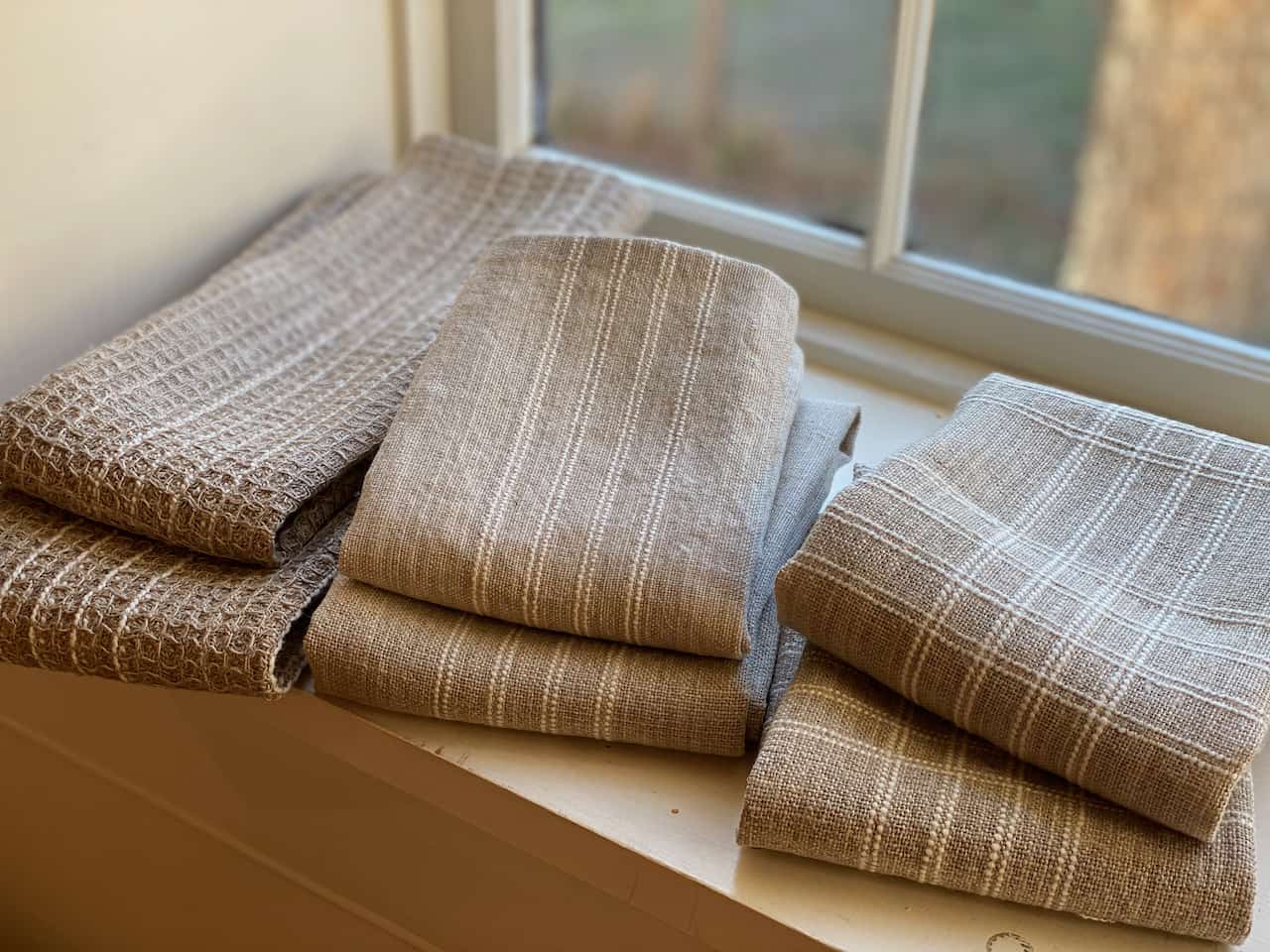
I always thought that the big challenge with linen is trying to make it more beautiful in the woven fabric than it was on the cone . . . not so easy!
Back off the soap box
So, with no actual answers to the big question, but a lot of ideas about the big question – I agree in part with my IG craft mate that it is hard to find (not impossible – see Vavstuga/Marshfield . . .) deep, systematic instruction in weaving technique. I disagree, however in a notion that there is one way to approach weaving education or that there should be one kind of weaver. Even though it may be lamentable that being a hand weaver is a hard row to hoe career-wise, there are myriad artists, craftspeople and hobbyists who find the level of instruction they get at craft schools and yarn shops just right for the kind of weaving they want to do. I think we can all agree that acquiring more skill, more knowledge and more depth beyond a certain point, while always desirable, is an investment that may be beyond the reach of many when we as a society offer little in terms of reward for that investment. That is to say, true mastery is a wonderful thing and wouldn’t it be wonderful if we had national treasure status (like in Japan) for craftspeople who achieve it. However, for most of us, it is an investment without the possibility of reward. In the past, when master craftspeople had the possibility of making a living doing their crafts, when there were fewer cheaply manufactured alternatives and everyone was closer to the processes involved, the investment was both honorable and practical. Today we are all working with a different set of circumstances and while that may be lamentable, it is true. I do wish there was more technical training for weavers AND more design training, but perhaps more importantly, more awareness and appreciation for glorious hand-woven cloth.

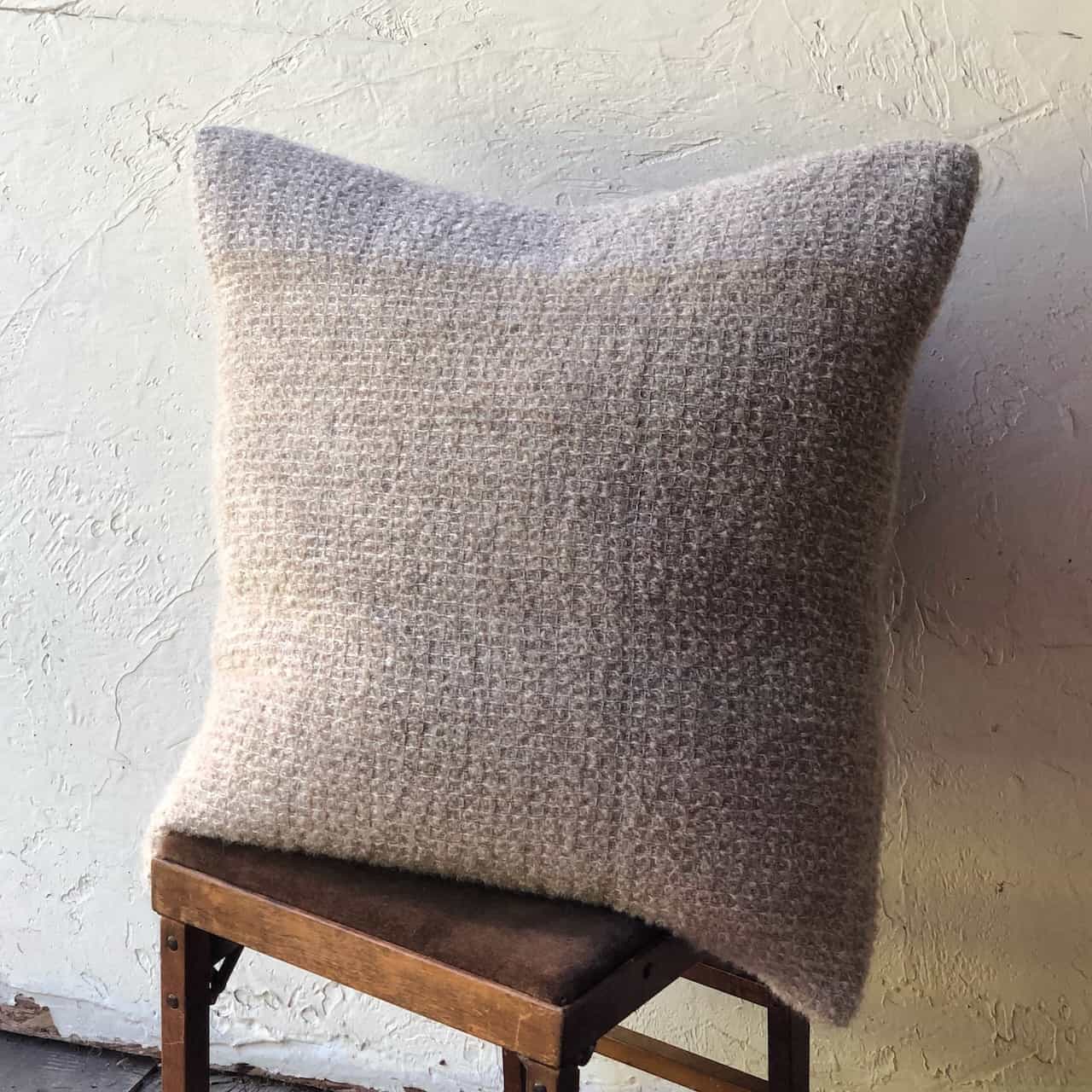
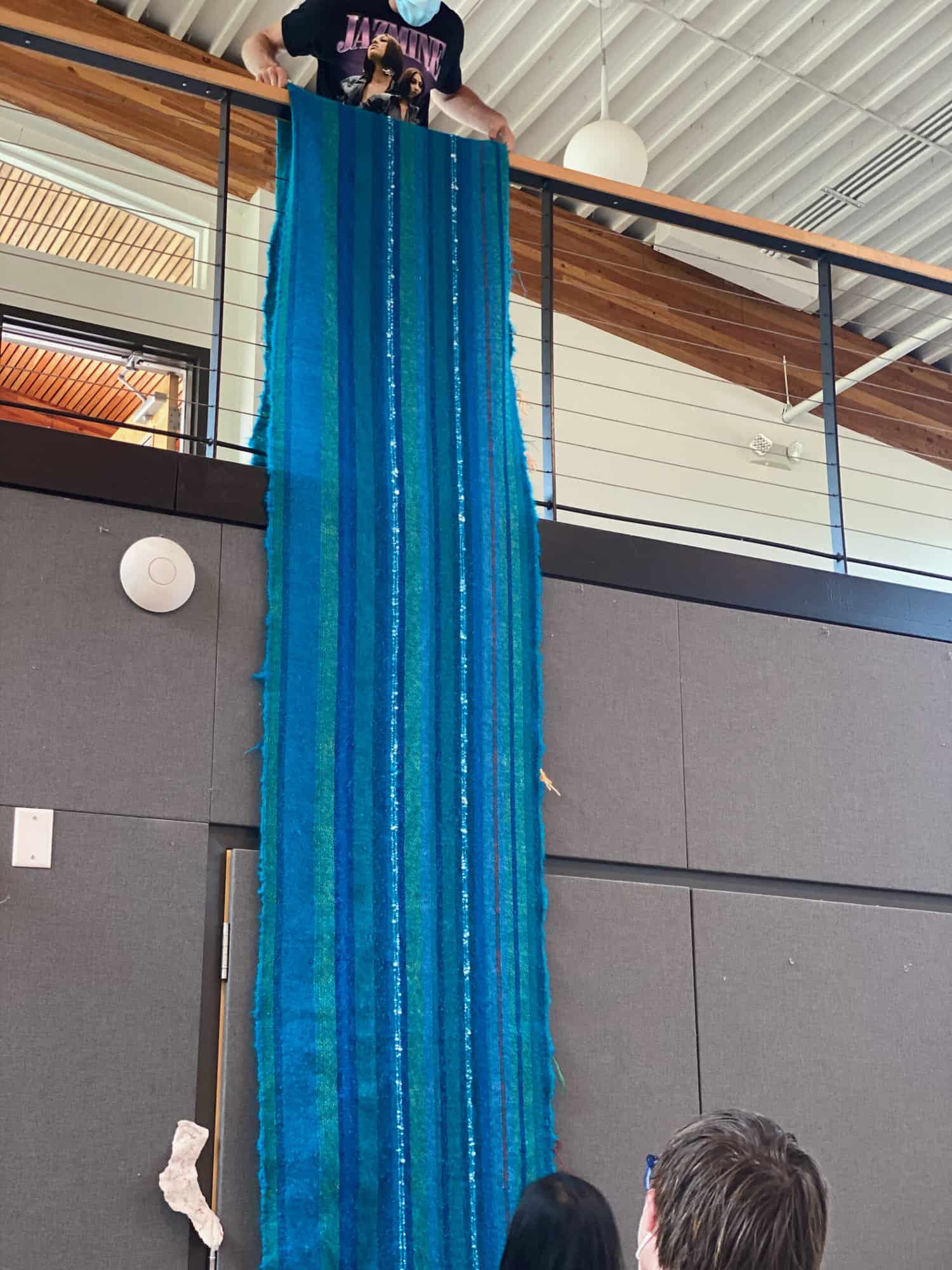
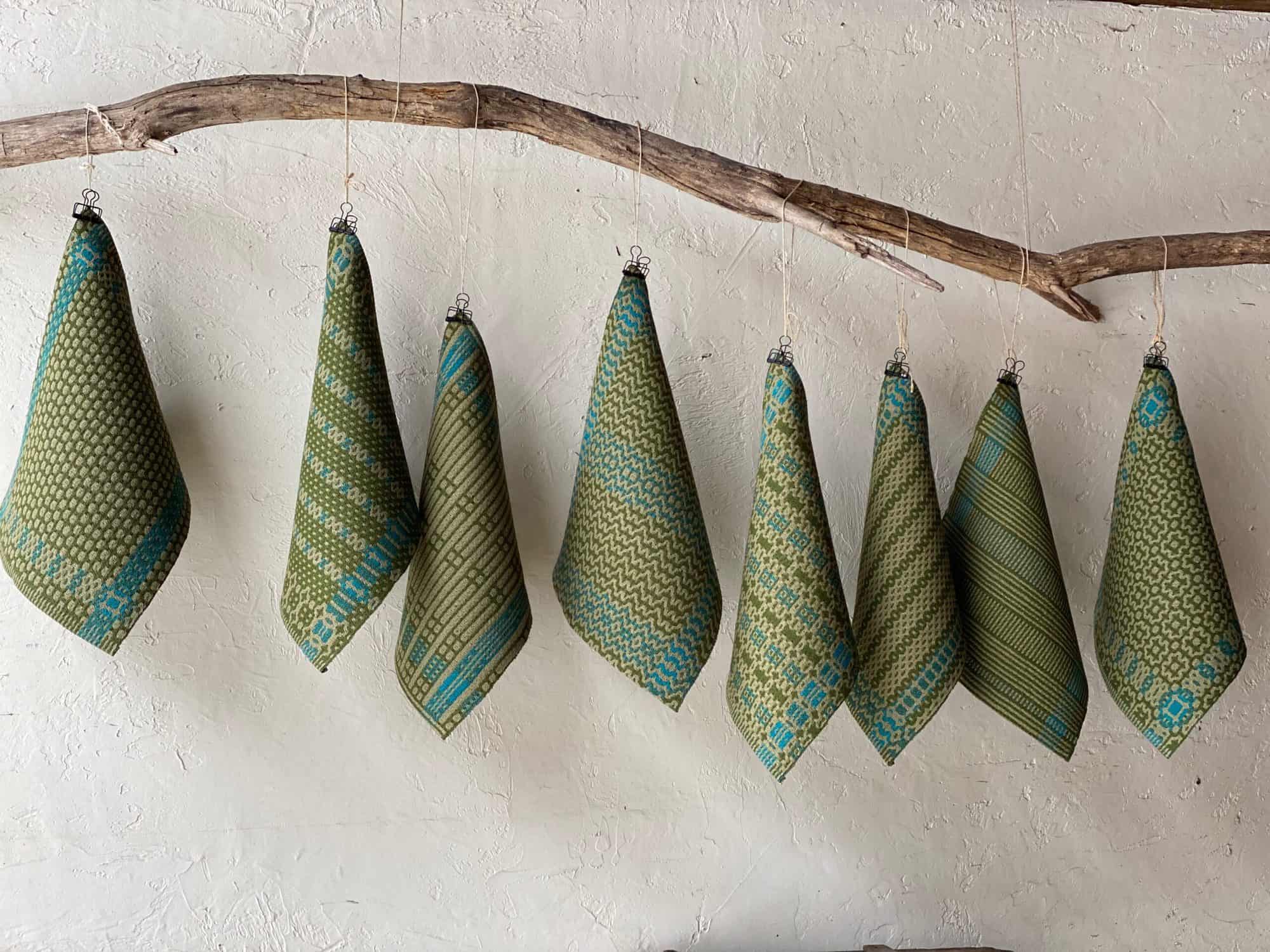
Charlene
Thank you. I have been weaving for 11 years and early on was looking for a more structured and comprehensive way to learn about weaving.
The HGA Master Weaver certification – you only show you can do “things” may help some to systematically learn things – but you are on your own, with a bibliography that requires expensive acquisition of magazines and out of print books.
The easy quick people will tell you “everything” is on the internet – when sadly it is not. And I don’t think that books are keeping up.
Elisabeth Hill
Hi Charlene,
Great to hear from you. I agree that having really good, hands-on instruction is worth its weight in gold. We can get that at guild workshops, conferences and Folk schools, but it is catch as catch can in terms of topic. Once you have been weaving for 11 years you are obviously not a beginner, but you may want to bone up on certain things that you struggle with in your practice. You may want to look into areas of weaving that you have not explored or focus on a specific aspect of loom craft. I find this to be one of the central challenges in teaching weaving. Because there is no familiar system like in school, i.e.”bio 2 required for this class”, I may have a sharp but brand-new weaver, next to a veteran who has only woven rag rugs for 30 years next to someone who designs 32-shaft dobby patterns, but rarely wields a shuttle. It makes for wonderfully lively classes, but also makes it hard to gauge how much time to spend on basics or technique or drafting, etc. Anyway, have you looked into Jane Stafford’s on-line guild? I love it. She is systematic – starts from the beginning and works her way through with drafting, design theory, technique, etc. I find that even though I have been weaving for over 25 years, I get a lot out of it. Similarly, taking a basics class from Becky Ashenden at Vavstuga was eye-opening. She was a production weaver before she opened her school, so she teaches both fundamental technique, but also drafting, design and the mechanics of countermarche/counterbalance looms. I am not sure if you simply wanted to make a comment or hear this long-winded spiel – if the former, apologies:))
Judy Lepthien
Hi there Lisa and how surprised I was to see this in my in box, as I had been thinking about you. Your work is beautiful and tasteful as always. I am dying to jump in my van and go somewhere but guess it will have to wait a bit longer. Keep the stories coming. I enjoy feeling a little closer to you. Thanks.
Elisabeth Hill
Hi Judy!!! I wish you were on your way east NOW with your knitting lamp and cot in the back of your van and a million stories to catch me up on. I hope you have been healthy and relatively sane this past year, and that we can get together IRL sometime very soon.
Carmen Berthelette
Very, wry good read. Thank you!
Elisabeth Hill
Thanks for reading Carmen.
Bettes Silver-Schack
Lisa, thank you. This was wonderfully written and underscores many of my opinions (no wonder I liked it, right!) But, more to the point, we have to learn to allow ourselves to appreciate what we achieve without lamenting that we might have done it despite how we learned and executed our product. The simple fact is that most of us feel drawn to weave even when we might unnecessarily judge ourselves against too many factors— a different weaver, a successful teacher, someone with a loom that seems better etc etc etc. It is hard working alone and I think we all wish we had more community. In a peculiar turn of events I think that COVID has helped with this. There are more classes on line and also discussions on line. People are reaching out for each other. Let’s hope it continues.
Elisabeth Hill
Hi Bettes, So great to hear from you. And I agree with you! We can’t hear our own voices/creativity when there is so much internal shouting about how much better/cooler/more accomplished what everyone else is doing is. The internet can either amplify those destructive internal critics or offer support, community, sharing and learning. The later has my vote and then some!
Barbara Lember
Hi Bettes,
Barbara Lember here, just thinking about you and found this site.
Happy spring!
I’m still in Elkins Park
Kat Holoch
I have an interesting perspective in that I learned to weave (self taught from books) in 1976 when I was 18. I lived in a smallish town with no access to classes, but with an active guild. Then starting in 1980, I went through a period with little and then no time to weave, ultimately selling my loom in 1984. In 2011, husband encouraged me to get back into weaving. I was shocked at how hard it was to find anything online. Finally found guild listings, loom manufacturers, and yarn stores that sold weaving yarn. I did buy a loom from a local elderly man whose wife had been a weaver, joined a guild, and have mostly had to order yarn online. It wasn’t totally surprising to me how things have changed, but I figured that there would be more handweaving resources in the SF Bay Area than there is. I have been pleased to find that there is a new torch being lit by a generation that is enjoying making things with their hands. And I like their ethos around craft and sustainability. Check out gistyarn.com if you don’t know about this crew. Very nice people and I really like the Zen of what they are doing.
Elisabeth Hill
Hi Kat, Thanks for your comment and perspective. I agree, and am inspired daily by the young weavers who are taking up weaving often with an admirable commitment to sustainable practices and building community. I am ever hopeful that this (we’re not crazy right?) resurgence of interest in hand weaving will persist because it means that “quick and easy” hasn’t won. P.S. I ❤️ Gist too. They give us a great example of how the internet can be a wonderful tool for building community with their podcast , weave-alongs and of course their gorgeous yarns (many designed with an eye to re-engaging with American mills to reduce the carbon footprint of shipping yarns and fiber around the globe).
Helena Valentine
Very good discussion. I find that now, as compared to 30 years ago when I began learning through guilds and workshops, there is more attention to design instruction than there used to be.
As an aside, I visited Webs’ site. Although they have been acquired by Lovecraft, Steve and Kathy will continue to manage Webs. The website will still carry the weaving yarns we love, Valley, Tahki, etc. That is a great relief to me. The Lovecraft site is about other crafts but weaving still has a home at yarn.com.
Elisabeth Hill
Hi Helena, Thanks for your comment. I am keeping my fingers crossed that WEBS will continue to keep weaving a part of their business. It is my hometown yarn store!
Gail Pietrzyk
Hi Bettes,
I am still thankful for the lessons and encouragement I learned from you at Ab Jones in 2004! And so thrilled to be able to pass them along to weavers who are able to take advantage of the program today. We are continuing, even now, with 2 students a night, 2 nights a week, but had 12 or more looms in use before COVID. One of the students spoke of wearing the first piece she had woven as “wrapping myself in my creativity.” – they are an inspiration.
Marcia Cooke
Hi, Lisa! Nice to see a post from you!
I’m kind of in the middle: glad I got such a great foundation in technique from Vavstuga, not at all on the art side of the spectrum. Not a production weaver, either….just want to make towels and runners!
Which brings me to my real question: do you have a draft for those gorgeous linen towels somewhere 🙂
Elisabeth Hill
Hi Marcia, the “Väv squad” has been on my mind a lot recently. I spent some time this summer helping Becky (when I say helping, I mean pressing play on one camera and moving stuff out of the shot?) start filming her Virtual Basics Class. Becky and that class have been real blessings to so many weavers – soooo much content in one week – truly invaluable. About the linen towels . . .I am working on it . . . they are the same as the indigo linen towels, but my problem is that they were woven using very subtly space-dyed, mill-end, singles, and I can’t write patterns for yarns that people can’t get – wah!! I am trying to source something very similar, and when I do, I will publish the pattern, and I will let you know. Thanks for touching base.
Mary THOMAS-REILLY
That was a great read. I read all the comments also, they were great as well. I feel I am still in the new stage of weaving, I started in 2019. Have you thought about doing a zoom class? I didn’t get an email about this post and I thought I signed up for emails.
Elisabeth Hill
Hi Mary,
Great to hear from you. I am doing a couple of Zoom classes for guilds out west, but I have avoided it a little, mainly because I am a hands-on person, and though I am delighted to see SO much textile content available online due to Covid, it isn’t what I love to do . . . but, who knows old dogs can sometimes learn new tricks:)) In re notification – my site and particularly my previously faulty mailing plug-in is being worked on as we speak by a brainy young techie, so try to subscribe again, it may work this time????
Mary THOMAS-REILLY
Thank you for the info. P.S. Any possible plans for doing an info sheet on how you did the Rya rug? I understand the concept but I am not great with knowing what fiber to use. I totally agree with you about the in person classes. Take care and thank you again.
Elisabeth Hill
Hi Mary, I am working in a rya sampler pattern. It will be “blanket” rather than “rug” set up, and will be easy to expand to whatever width loom you have. Pile weft will be leftover bobbins of mixed fiber. It is so much fun and the pile gets better and better the more free you are with mixing? Weaving/writing/reviewing and revising is slooow going, so please bear with me! It is good to cultivate patience if you are interested in rya?
Glynis Brooke
Hi Elizabeth. Thank you for having the courage to put all of this down on paper so to speak. I so resonated with what you had to say. As a weaver in South Africa I can tell you that the predicament that faces someone who would like to learn to weave seriously here is huge.Coupled with the perception that ‘ weaving’ is all about badly constructed woolly rugs that smell like a wet dog when they get wet, and naive tapestry wall hangings, I can tell you that being a weaver in South Africa has it’s challenges. It is reassuring that the hurdles that face an interested weaver in South Africa, are to be found elsewhere too.
Elisabeth Hill
Hi Glynis, thanks for your comment from across the miles. I am always bummed out when I tell new acquaintances that I am a weaver and see an expression cross their faces that I know well – they have an image of a slightly loony, lady in kooky clothes making lumpy stuff. Your description of “wooly rugs that smell like wet dog” made me choke on my coffee ?. We have such a challenge to “educate” about the sublime nature of beautiful handwoven cloth when the world is saturated with cheap, poorly made or nice but “only for the rich” manufactured goods. I do think (hope) that there is a small shift going on. The younger generation (some) seem to have a Marie Kondo approach to acquiring things. They don’t want much, but what they do want has to be unique and lovely. This gives me hope that the wild hunger for new and fast and more may be (just slightly) diminishing, leaving room for people who make (slowly). Keep weaving baby!
Hetty Estes
I am happy to have found your website and read this blog. Your musing on the subject are spot on. I have an MFA in metalsmithing, but came to weaving by accident 4 years ago. The art-craft debate is an ongoing one that really has no answer. I personally prefer creating utilitarian items. I approach my work with artistic knowledge, but in the end it’s the practical application that lasts. Does this towel dry my hands, etc.
Formal art programs can miss the point of technique in certain subjects, however I did spend a delightful 2 weeks at vavstuga(just as covid began) and learned more about the technique and process of weaving than the act of weaving itself. That foundation has set me up for weaving on a drawloom as well as my smaller looms.
Lastly, the guild is a lovely place to meet with other weavers, but sadly the teaching element isn’t always there. Workshops brought by the guilds are so valuable to newer weavers like myself. Sadly I won’t be able to attend the RMWG workshop you are doing, but hope to attend one of yours in the future.
Thank you for your blog, designs and teachings.
Elisabeth Hill
Hi Hetty, and sorry for the belated reply to your thoughtful message. It is illuminating to hear from someone who has worked/learned in other media. I am in Texas at the moment where hard media (metal, ceramic, stone) and seem to have great respect and followings – harder to find interest/respect for textile endeavors (ubiquity/relative durability?).
Thanks for your comment, I hope our threads cross soon.